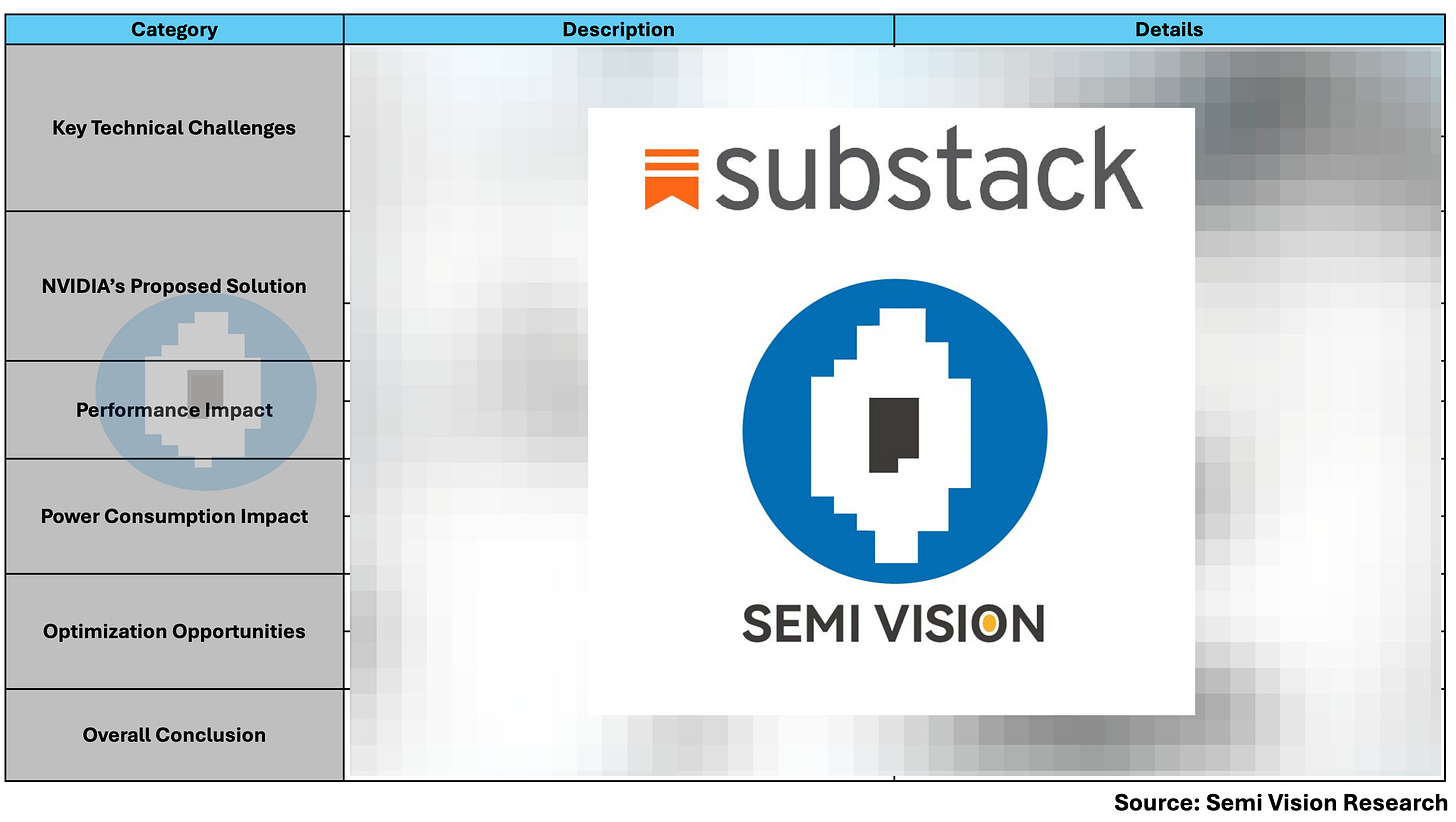NVIDIA’s New Silicon Photonics Bet: Can All-SMF Arrays Unlock the Full Potential of CPO?
Original Article by SemiVison Research (IEEE ECTC ,Nvidia)
At the 2025 IEEE ECTC, NVIDIA presented a detailed study on the use of Single-Mode Fiber (SMF) arrays in Co-Packaged Optics (CPO) systems, addressing a critical question: how to reduce the high cost and complexity associated with polarization-maintaining fiber (PMF) in optical interconnects. Their approach proposes replacing PMFs with SMFs, which are cheaper and easier to manufacture, but inherently introduce state-of-polarization (SOP) drift that could impair coupling efficiency in polarization-sensitive silicon photonic circuits. To overcome this, NVIDIA integrates an active polarization tracking circuit directly on the silicon photonic integrated circuit (SiPh PIC), which dynamically stabilizes the SOP at the optical transmitter (OTX) input. Experimental results validate the feasibility and performance of this solution, showing that with active polarization locking, SMF-based architectures can significantly reduce packaging costs while maintaining system-level optical performance. Their analysis quantifies trade-offs in insertion loss, power consumption, and energy efficiency, concluding that SMFs are a practical and economical alternative to PMFs for high-performance computing and data center deployments.
Readers are encouraged to revisit TSMC’s COUPE platform to better understand how these ideas align. Though disclosed through different frameworks, NVIDIA’s SMF-based CPO approach and TSMC’s wafer-level optical I/O integration reflect a shared direction in silicon photonics evolution. SemiVision believes that TSMC and NVIDIA together are shaping the global roadmap of silicon photonics. As such, close attention must be paid to their joint publications and technical presentations worldwide to accurately track the future trajectory of the entire optical interconnect ecosystem.





